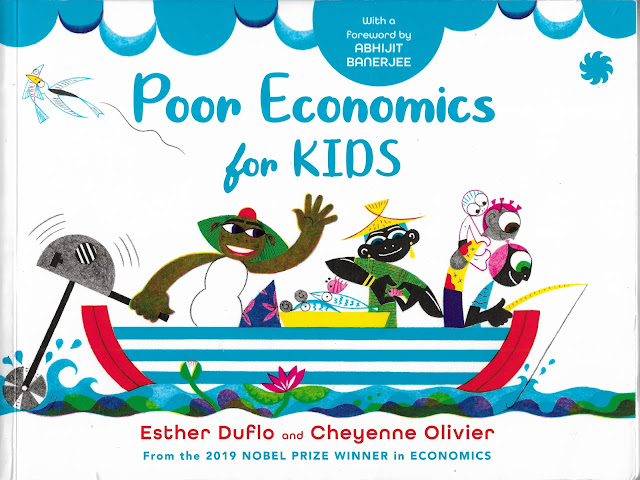Silence as a teacher

Learning from silence Pico Iyer Hamish Hamilton, Penguin Random House India 2025 ISBN 9780143474364 Pages 214 Price 599/- Thanks Eesha for the suggestions on the draft. One could talk about silence as " quiet " or " absence of sound " or just " silence " or on similar lines. Or one can be eloquent like Chesterton was on the colour white ( he described it as a strong colour in itself, not an absence of colour, drew parallels with virtue and so ). In this book Pico Iyer takes the Chesterton path, only he goes way deeper. He writes about what silence has meant to him over the years as he consciously put in more and more time with it, how people he looks up to understand silence, what it has done to him as a person, and more. The text flows smoothly as he opens up and talks about his family, the people he bumped into at the retreat, the conversations with them, and the forest-fires which impacted his home and the retreat, as he describes how s...







